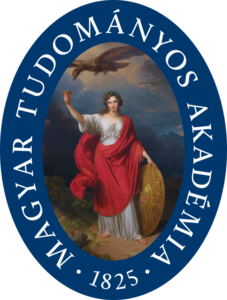The Szatmárpópa school was selected as an average control pair of a nearby resilient ghetto school. The emigration of non-Roma parents can be related not primarily to the majority’s demands for separation, but to the methodological shortcomings of the faculty. The teachers still have an „innovative” identity, but the innovations are not initiated from below, they came at the invitation of the conceptual headmaster in the form of further classroom training. Their competence measurement results are average, or perhaps a hair’s breadth weaker than that, and the institutional capacities for the evaluation and use of competence measurement are rather weak. Thanks to the headmistress’ well-thought-out human resources policy, taking into account the limited scope of the village school, the school operates with a well-chosen faculty of mixed ages, recruited from across the border. The school climate is especially good, both the teachers and the children like to spend time at the school. The cultural traditions of the Oláh Gypsy community here work against the further education of students. Although the teachers strive for the children to continue their education, they feel powerless in the face of the family’s laws, and they are methodologically helpless as well. Those who continue their education are separated from the local community and cannot return there. In view of the majority parents, Roma culture is given space only in extracurricular activities, and the living linguistic tradition of the Oláh Gypsy families is not perceived as a value on which they could base their pedagogical work, but as a deficit that must be compensated for. The school in Szatmárpópa is not an island, but remains an integral part of the life of the village. The school is also important for the village’s non-Gypsy elite, committed to retaining them. The „Hungarians” did not leave the school completely, they „only” strive for internal, relative separation, and that is what they expect from the institution. How the school manages classroom conflicts is a key issue in maintaining the trust of non-Roma parents. The trust of the majority of parents is an extremely important resource, if this is lost, the perception of the school will change radically and the school may become an island.
Keywords: resilience, Roma, education of underprivileged children, segregation, competence measurement, Olách gypsies,


